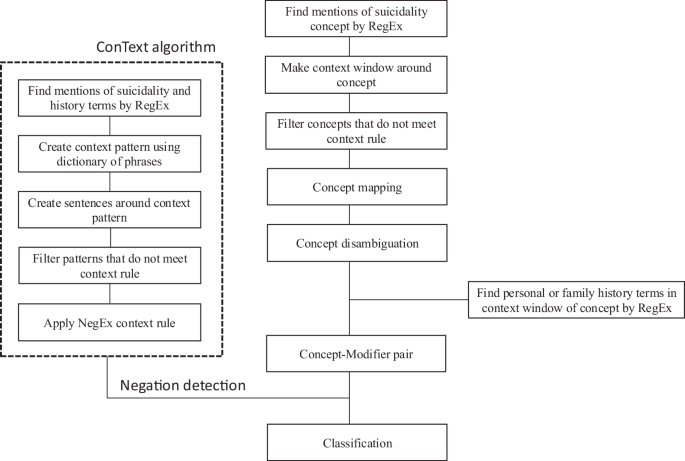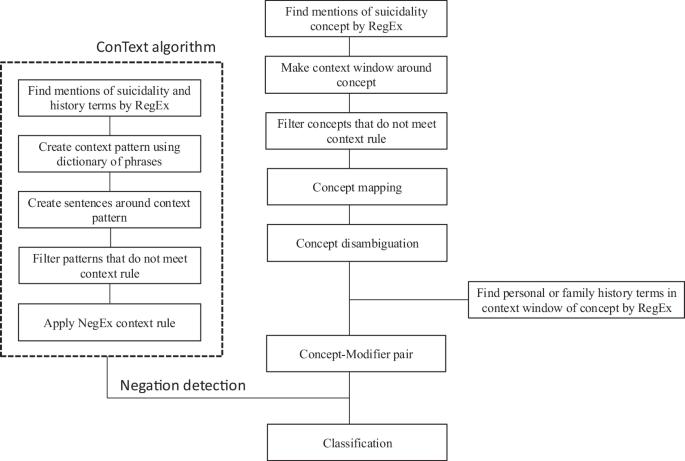从电子病历中识别个人和家庭自杀想法和行为史的深度学习
IF 12.4
1区 医学
Q1 HEALTH CARE SCIENCES & SERVICES
引用次数: 0
摘要
个人和家族的自杀想法和行为史(分别为 PSH 和 FSH)是与自杀相关的重要风险因素。从电子健康记录的临床笔记中自动识别此类数据的研究十分有限。本研究利用转换器模型(Bio_ClinicalBERT 和 GatorTron)开发了深度学习(DL)工具,用于检测三个学术医疗中心临床笔记中的 PSH 和 FSH,并将其性能与基于规则的自然语言处理工具进行了比较。在检测 PSH 方面,基于规则的方法获得的 F1 分数为 0.75 ± 0.07,而 Bio_ClinicalBERT 和 GatorTron DL 工具的分数分别为 0.83 ± 0.09 和 0.84 ± 0.07。在检测 FSH 方面,基于规则的方法的 F1 分数为 0.69 ± 0.11,而 Bio_ClinicalBERT 为 0.89 ± 0.10,GatorTron 为 0.92 ± 0.07。在所有研究机构中,DL工具识别出了80%以上的自杀风险较高但仍未得到诊断和治疗的患者。本文章由计算机程序翻译,如有差异,请以英文原文为准。


Deep learning for identifying personal and family history of suicidal thoughts and behaviors from EHRs
Personal and family history of suicidal thoughts and behaviors (PSH and FSH, respectively) are significant risk factors associated with suicides. Research is limited in automatic identification of such data from clinical notes in Electronic Health Records. This study developed deep learning (DL) tools utilizing transformer models (Bio_ClinicalBERT and GatorTron) to detect PSH and FSH in clinical notes derived from three academic medical centers, and compared their performance with a rule-based natural language processing tool. For detecting PSH, the rule-based approach obtained an F1-score of 0.75 ± 0.07, while the Bio_ClinicalBERT and GatorTron DL tools scored 0.83 ± 0.09 and 0.84 ± 0.07, respectively. For detecting FSH, the rule-based approach achieved an F1-score of 0.69 ± 0.11, compared to 0.89 ± 0.10 for Bio_ClinicalBERT and 0.92 ± 0.07 for GatorTron. Across sites, the DL tools identified more than 80% of patients at elevated risk for suicide who remain undiagnosed and untreated.
求助全文
通过发布文献求助,成功后即可免费获取论文全文。
去求助
来源期刊

NPJ Digital Medicine
Multiple-
CiteScore
25.10
自引率
3.30%
发文量
170
审稿时长
15 weeks
期刊介绍:
npj Digital Medicine is an online open-access journal that focuses on publishing peer-reviewed research in the field of digital medicine. The journal covers various aspects of digital medicine, including the application and implementation of digital and mobile technologies in clinical settings, virtual healthcare, and the use of artificial intelligence and informatics.
The primary goal of the journal is to support innovation and the advancement of healthcare through the integration of new digital and mobile technologies. When determining if a manuscript is suitable for publication, the journal considers four important criteria: novelty, clinical relevance, scientific rigor, and digital innovation.
 求助内容:
求助内容: 应助结果提醒方式:
应助结果提醒方式:


